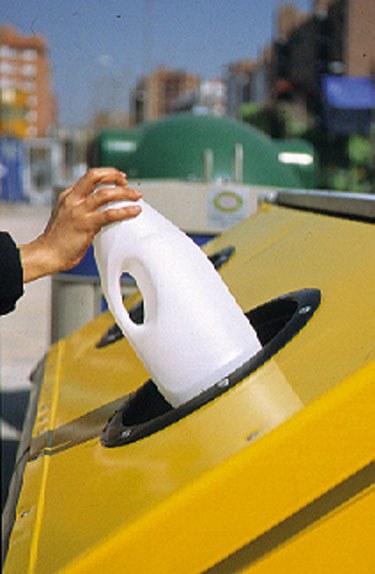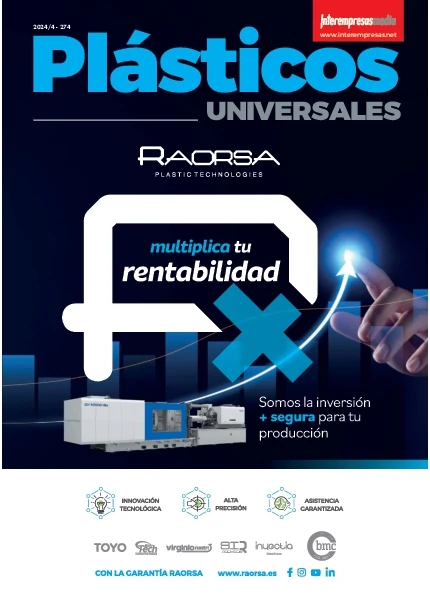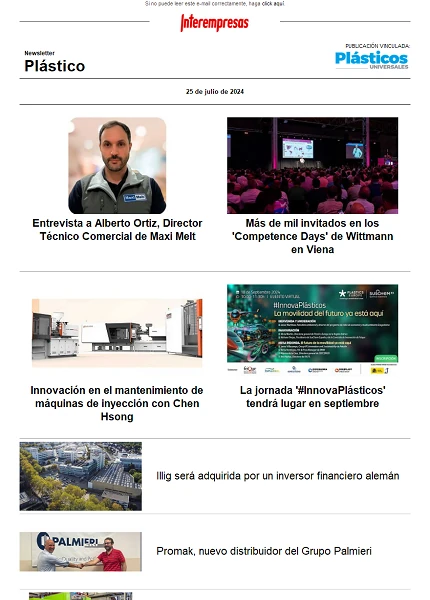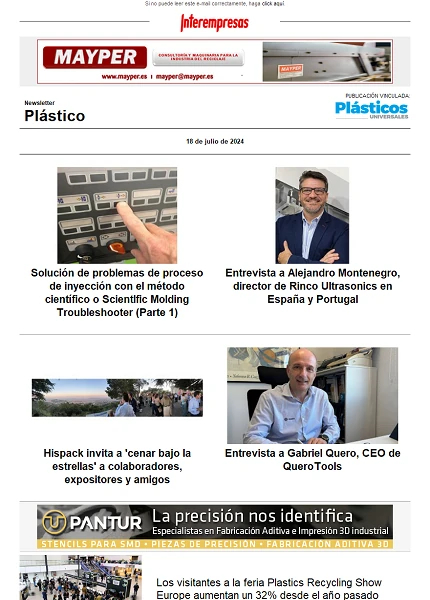69% Of Spanish households separates some residue while 42% between all types of packaging
Last year, Spanish households have maintained their good habits in regard to the selective separation of waste generated, primarily due to the introduction of the system of selective collection high. In fact, nine of every ten households who claim to participate in selective waste collection have adequate containers to organize different types of waste in their own homes.
This trend is also reflected in the different types of packaging, although to a lesser extent as 42.3 per cent declared separate all types of packaging, whether plastic, cans, briks, paper/cardboard or glass. In this sense, 45 percent of Spanish households declares separate plastic containers, 41 per cent the briks and 34 percent cans and metal cans. These figures, still very positive, are still far from the 62 per cent of the households which declares separate glass containers and 60 per cent between the boxes of cardboard and paper.
Among the main reasons that move to the Spanish to separate any residue of the normal garbage, stands out in the first place, the caring for the environment (72 percent), subsequent recycling of waste (57%), the availability of different containers for each type of packaging (32 percent) and for personal gain (25 percent). On the other hand, the lack of usual (60 percent), which is an added effort (27 percent) or the lack of space in the home (26 percent), are the motivations leading by those that do not separate packaging at home, and therefore, they do not participate in the selective waste collection
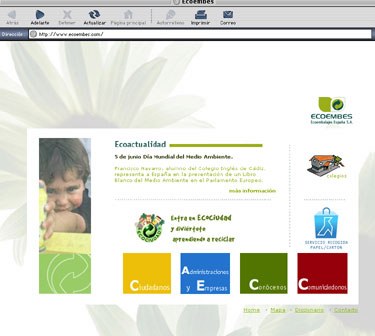
The attitudes declared by Spanish households suggests a high knowledge of packaging which must be deposited in each container. However, some errors are detected as evidenced by the fact that 11 per cent of households mistakenly deposited plastic objects (which are not containers) in the yellow container (only for plastic containers, cans and briks), and a 5 percent erroneously deposited the briks in the blue container (aimed only at the paper/cardboard).
Melchor Ordóñez, Director General of Ecoembes "habits declared by Spanish households show their enormous degree of involvement in the collection." The results show, but remains to be done. The participation of all is essential, and with a gesture as simple as properly separate containers and deposit them in the corresponding container we do possible recovery, when otherwise would unnecessarily end up in landfills. "Only way we can make use of these materials and give them a new life".
The housewife protagonist at the time of depositing waste in containers
In addition, the frequency with which packaging waste are deposited in the container ranges mostly between 2/3 times a week in the case of the light packaging (plastic containers, cans and briks) and 1 time a week in the case of paper/cardboard and glass.
They positively value the work of its municipalities in selective waste collection
On the other hand, they value positively as a whole the containers in your area (3.6), mainly emphasizing those attributes relating to its proximity to the container of normal garbage, the proximity to their homes, the ease and comfort to deposit the waste or the clarity of the information in the own container.
- 45 Percent separates plastic packaging, 41 per cent the briks and 34 percent cans and metal boats
- 6 of every 10 households has adequate containers to organize their waste
- Caring for the environment, the importance of the recycling of waste and the availability of different containers for each type of packaging, between their main motivations
- They consider that their neighbors not separated by "carelessness" or lack of space in their homes
- Mother/woman, Middle social class resident in urban areas from 5,000 to 30,000 inhabitants, average profile of which separate packaging at home
